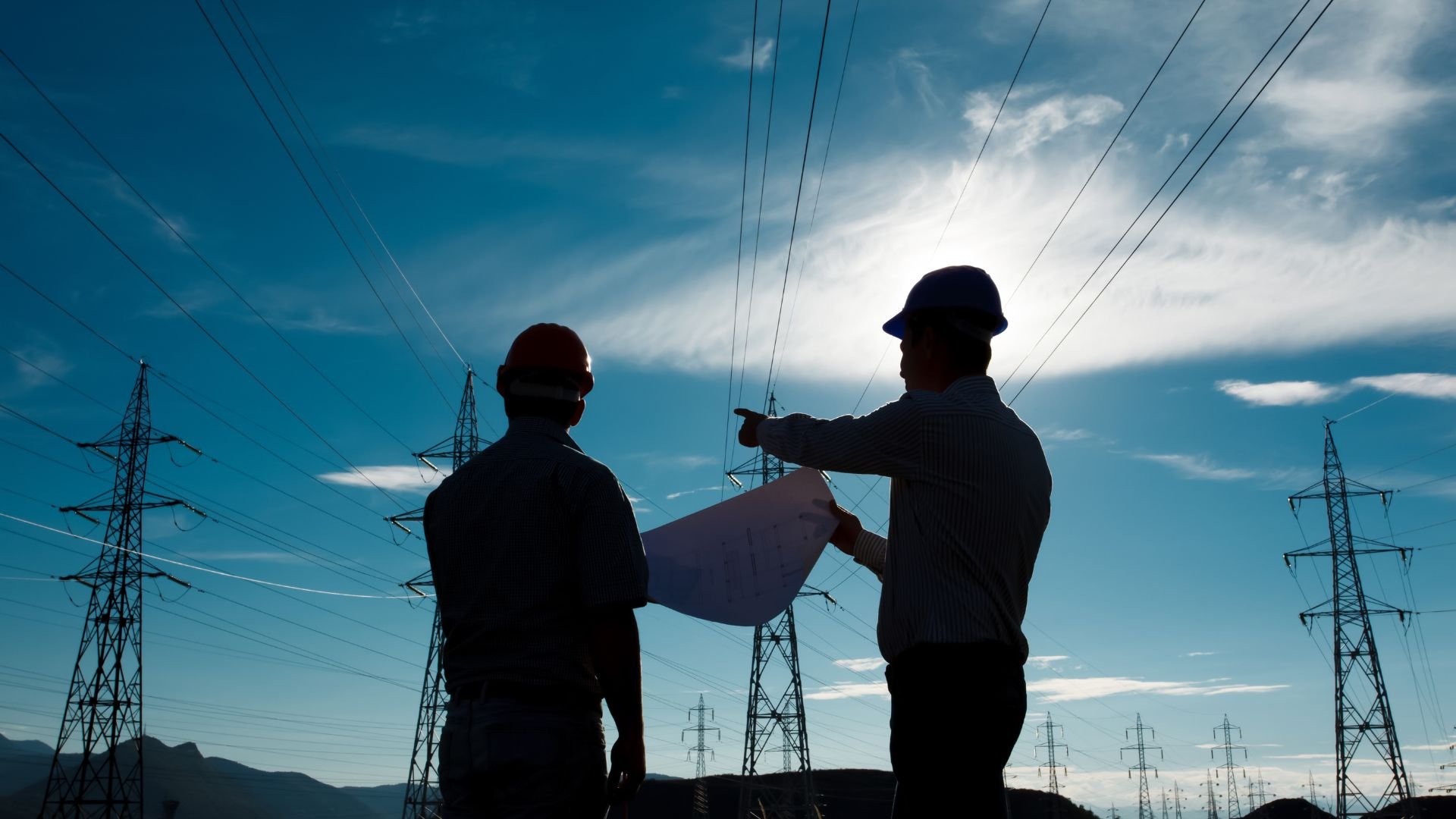Understanding Your Western Mass Electric Company (Eversource) Utility Bill

If you’re a commercial or industrial customer in our Massachusetts service area, you’re likely getting your utility bill from several companies. One of those companies is Eversource Energy, formerly known as Western Mass Electric Company (WMECO). This article will explain your monthly Eversource utility bill, break down what you’re paying for, and highlight where you can save. For reference, we’ve spelled out some of the typical language you’ll find on your bill, like the difference between supply and transmission and how to read kilowatt-hours (kWh) on your bill.
Your WMECO bill includes:
- An 11-digit account number starting with “54”
- A 9-digit service reference number and 4-letter name key (first 4 letters of your commercial name)
- Supply and delivery charges, electricity usage history and summaries, usage and meter graphs
The first page of your WMECO bill is where you’ll find your basic information. Details like your payment due summary, electric usage history, WMECO/Eversource standard service rate (if applicable), will be on this page, as well as your supplier rate and terms if your supplier is not WMECO/Eversource. You’ll also see your account summary tracks your previous balance and current charges.
You’ll also get a snapshot of your meter reading summary on the second page; this summary shows the number of days in the billing period and your total kilowatt usage. You will find your usage graph on this page as well which displays the last 13 months of the total kWh used, per month.
Supply Charges
When reading your WMECO bill, you’ll also notice that the first page includes the most significant details: a breakdown summary of all your supply and delivery charges.
Under your total charges, your supply rate sits at the top. Your supply charges come from the utility or a third-party provider. If it’s the latter, the supply portion is the contracted rate the customer is being charged by the supplier to generate power for your business. When it’s time to determine the price of your supply, the total cost of your commercial energy supply is the market rate (or fixed rate if you negotiated one) times the power you used, your kWh.
Delivery Charges
Unlike supply charges, the delivery charges are predetermined and can change due to a variety of factors, including seasonality. Utilities have total control over the price of transmission due to the cost of delivering electricity to your business, but you can use your supply cost to achieve extra cost savings.
The additional charges listed under your delivery charges fund grid maintenance and other critical customer services. It also includes government-mandated charges.
To review a sample bill, visit Eversource.
| Key Takeaways |
|



